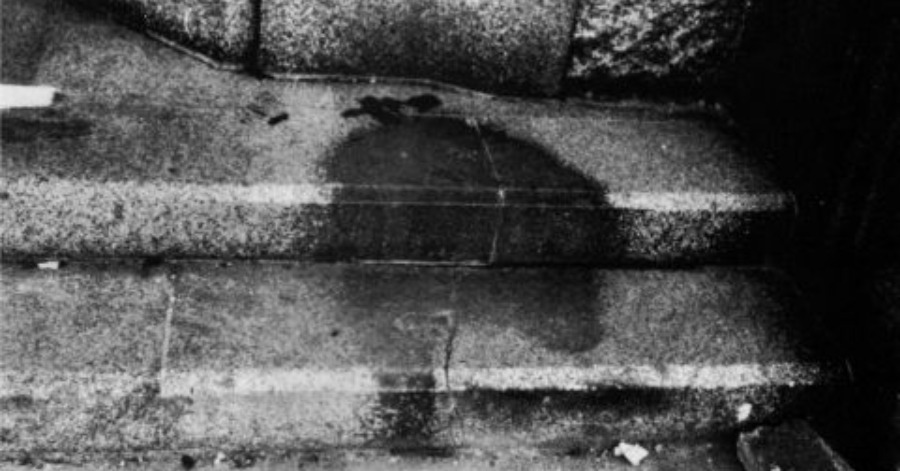Homeworks are probably the last thing you want to deal with as a student. And for some of us, we rather do them than our boring work routine.
Those of us who have had formal education may recall the aggravation of receiving homework from the majority of our teachers. Your teacher directs your class to answer a certain page of your book or write an essay about the topic you just discussed before class ends.

But have you wondered, how homework became a thing? It’s a man named Roberto Nevilis, according to Google and other websites. The concept of homework was straightforward. When students exited the classroom, Nevilis felt that his lessons had lost their meaning. He decided to adopt other tactics after being disappointed that kids did not excel themselves despite his efforts. As a result, homework was created. He established homework as a kind of punishment for underperforming students, and that as a result, billions of children remain frustrated at school and at home almost a thousand years later. However, some people think it is just a myth, and even better, some say Roberto doesn’t exist!
So who really invented homework?

Many sites on the internet say that Roberto Nevilis was the first instructor to introduce homework to students. However, when you look at the websites that assert this, you’ll notice that they’re largely forums or obscure educational blogs. Roberto Nevilis is not even mentioned on any credible website or news source. Alternatively, some of the less trustworthy publications would confirm his participation without using the phrase “allegedly” or something imprecise like “scientists believes” or something like.
When he developed homework, Nevilis was said to be a teacher in Venice, Italy. Some say he invented it around 1095, while others say it wasn’t until 1905 that it swept throughout Europe and the rest of the world. It was allegedly used as a means of retaliation against students who underperformed in class. Students who did well in class were exempt from having to do homework.
When he developed homework, Nevilis was said to be a teacher in Venice, Italy. Some say he invented it around 1095, while others say it wasn’t until 1905 that it swept throughout Europe and the rest of the world. It was allegedly used as a means of retaliation against students who underperformed in class. Students who did well in class were exempt from having to do homework.
So, we are not really clear about who might have invented the homework. But, We can trace back to who was in charge of making homework the way it is now: Johann Gottlieb Fichte was a German philosopher who is credited with establishing German nationalism.

Prussia had a hard time inciting nationalism among its citizens in 1814. Citizens might opt to return to whatever they were doing instead of serving the country after the war, rather than giving their time and sacrifice to the country. There was no sense of patriotism or pride.
As a result, Fichte devised the Volkschule — a compulsory nine-year education akin to state-provided basic and lower secondary education – and the Realschule – a secondary school open only to aristocrats. The Volkschule students were assigned homework as a tactic to demonstrate the state’s dominance even during their free time.
The system spread throughout Europe, although not to the point of ultimate dominance. Some countries have maintained their unique systems, which is why Finland does not assign homework to its pupils. However, in 1843, when the United States still used private tutors or informal courses, Horace Mann changed public education after visiting Prussia and learning about their educational system, which he then integrated into the American system. As a result, homework became a worldwide practice.
While this may be a debatable issue of who really invented homework, let’s face the fact that homework really gave all of us a miserable point in life!
Sources:Through Education, Tutor Bin, College Homework Help









Leave a Comment